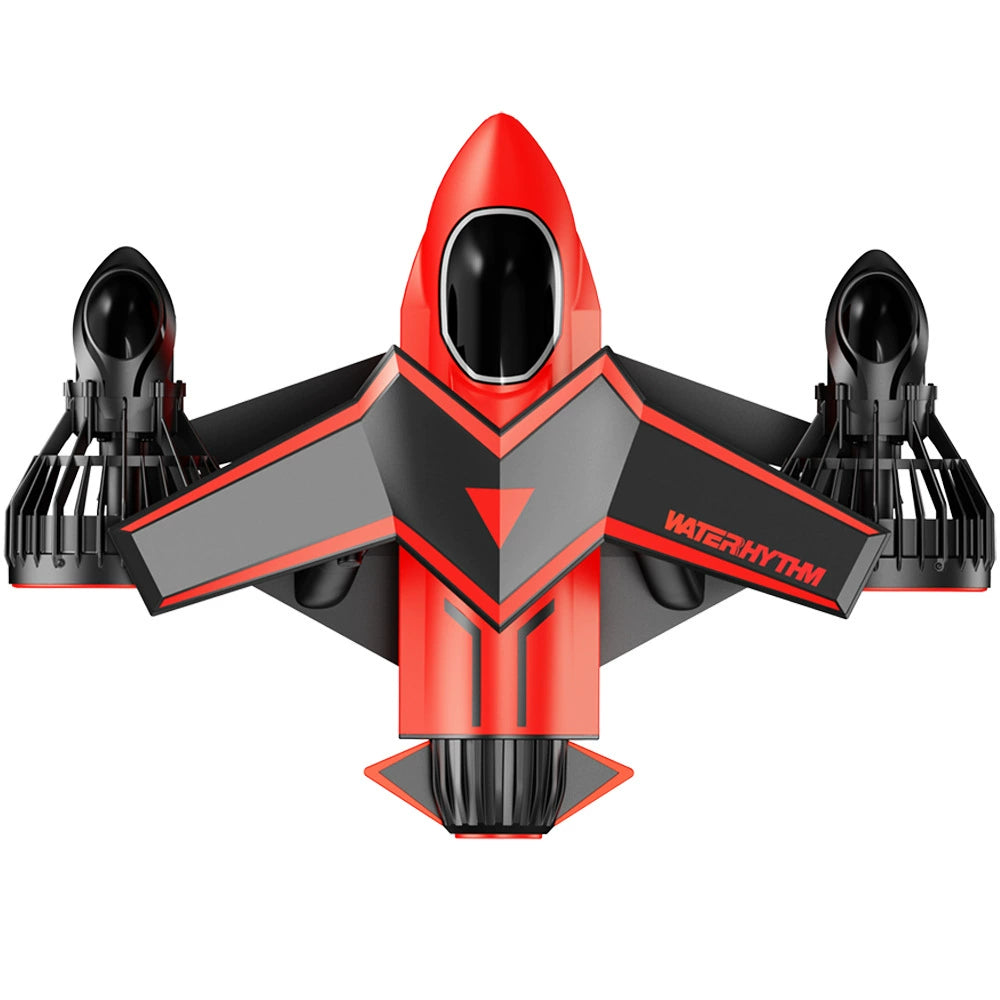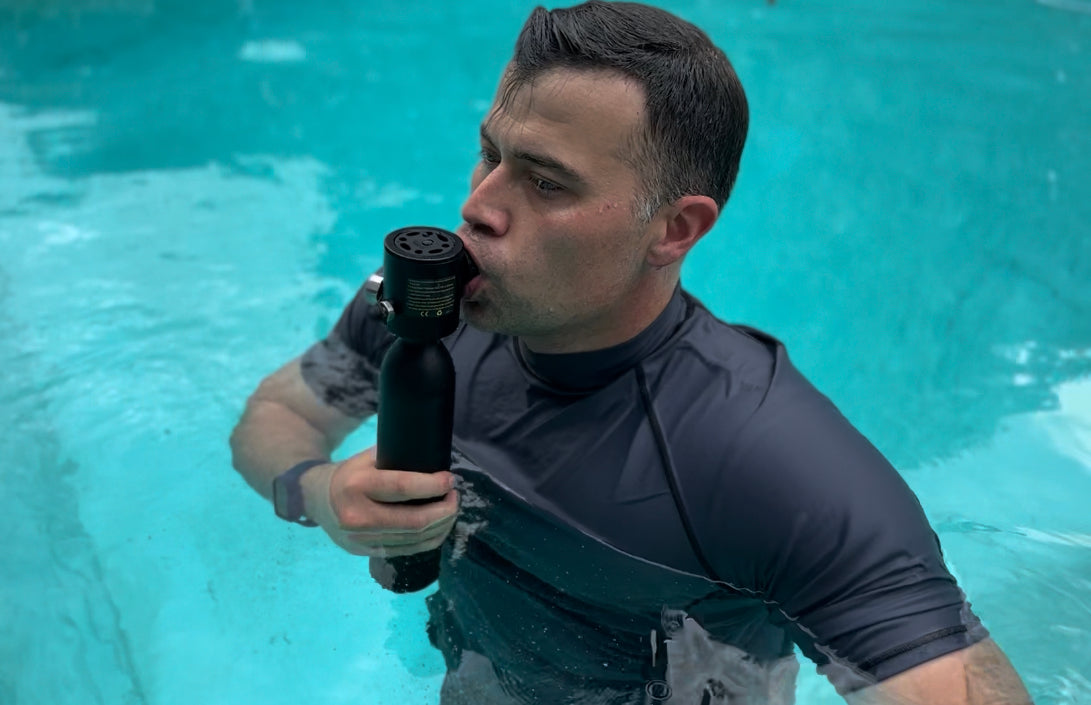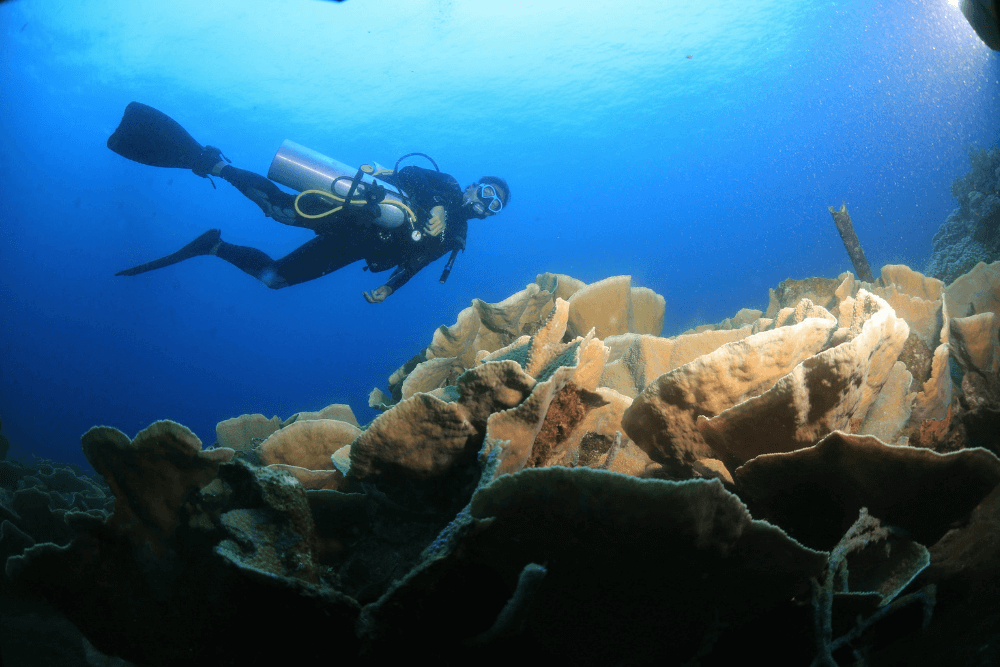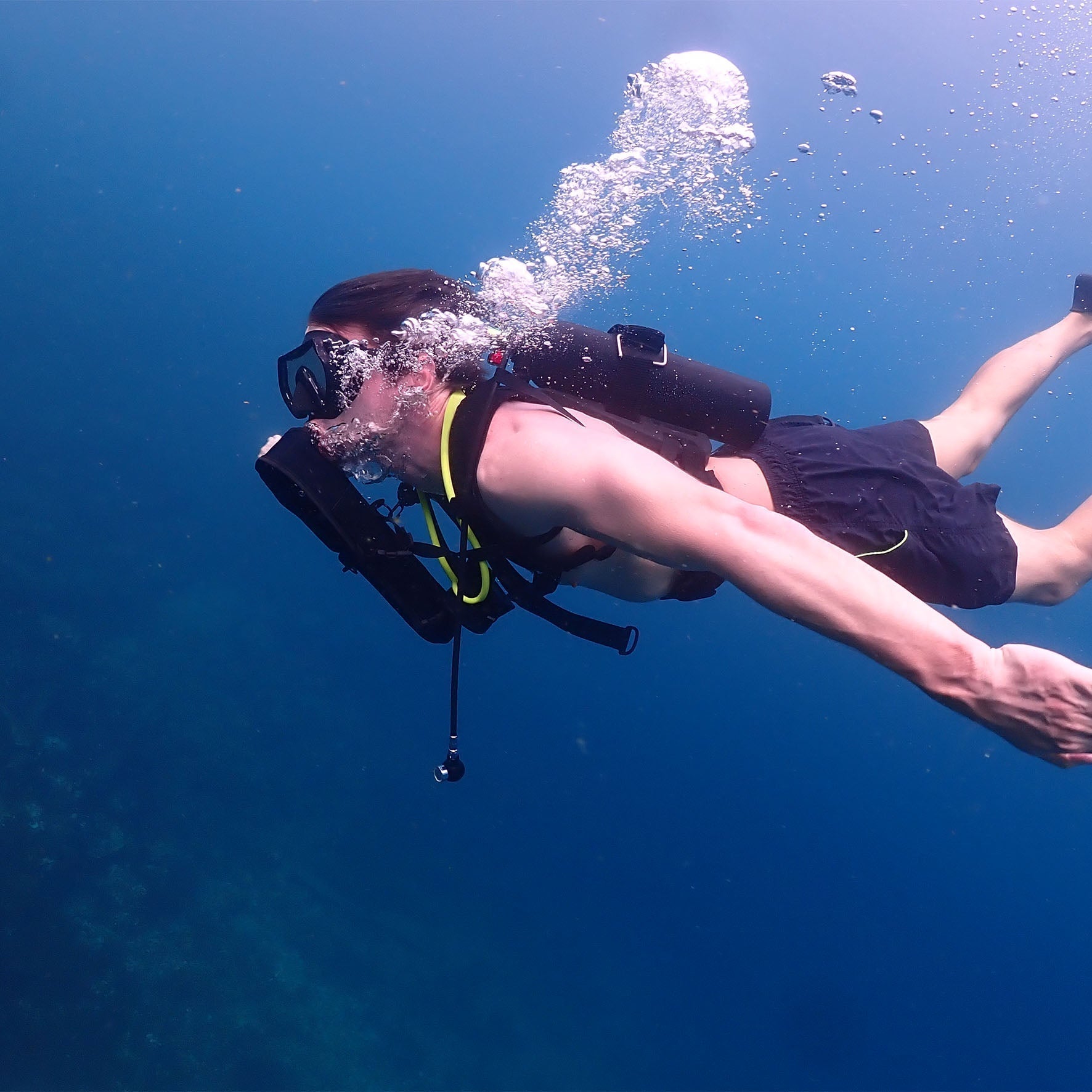Changing a scuba tank underwater is possible but requires skill and preparation. Most recreational divers never need to do this, but in technical diving—such as deep or cave dives—switching tanks may be necessary. Studies show that nearly 80% of diving emergencies involve gas supply issues, making proper tank management crucial.
Why Would You Need to Swap Tanks Underwater?
Most recreational divers never have to switch tanks mid-dive—95% of open-water dives are completed on a single tank. But in technical diving, nearly 40% of deep or cave divers may need to swap tanks due to longer bottom times or gas mix requirements. For example, a standard 80-cubic-foot aluminum tank lasts about 45-60 minutes at 60 feet (18 meters), but deeper dives at 100+ feet (30+ meters) can cut that time in half due to increased air consumption.
Technical divers often carry multiple tanks (2-4) with different gas blends—like 32% nitrox for shallower stops and trimix (helium/oxygen/nitrogen) for deep segments. Switching tanks underwater allows them to extend dive times by 50-100% while avoiding decompression sickness. Rebreather divers, who recycle exhaled gas, may also carry bailout tanks (11-40 cubic feet) in case of system failure—about 15% of rebreather dives require emergency gas switches.
However, tank swaps aren’t just for pros. In wreck penetration or overhead environments, divers might use a smaller “stage tank” (6-19 liters) to navigate tight spaces, then switch back to their main tank. Studies show that 1 in 200 recreational dives involve unexpected air-sharing due to equipment failure, making basic tank-handling skills useful even for beginners.
The key takeaway? Tank swaps are rare but critical in specific scenarios—whether for extending dive time, managing gas mixes, or handling emergencies. If you’re planning a dive where air supply is tight, practice swapping in shallow water first. A botched tank change at 100 feet (30 meters) can turn a 60-minute dive into a 3-minute emergency ascent.

How Often Do Divers Actually Swap Tanks?
Recreational divers: <5% ever attempt it.
Technical divers: ~40% do it regularly on deep/cave dives.
Rebreather divers: 15% use bailout tanks due to system failures.
Emergency air-sharing: 0.5% of recreational dives require it.
When Is a Tank Swap Necessary?
Gas Mix Transition
Switching from trimix (deep) to nitrox (shallow) reduces narcosis risk.
Example: A diver at 150 feet (45 meters) on 18/45 trimix (18% oxygen, 45% helium) may switch to 50% nitrox at 70 feet (21 meters) for decompression.
Extended Bottom Time
A single 80-cubic-foot tank lasts ~30 minutes at 100 feet (30 meters) but ~90 minutes at 30 feet (9 meters). Adding a second tank can double dive time.
Emergency Bailout
Rebreather failures happen in ~1 in 50 dives, requiring a switch to open-circuit gas.
Overhead Environments
Cave divers often use stage tanks to navigate restrictions, then drop them when empty.
Risks of Underwater Tank Swaps
Buoyancy shifts: A full tank weighs ~5-7 lbs (2-3 kg) more than an empty one.
Regulator free-flow: If not purged properly, 1 in 20 swaps can cause free-flow due to pressure differences.
Dropped tanks: In strong currents, unsecured tanks are lost in ~3% of dives.
Best Practices for Safe Swapping
Practice in shallow water first (≤20 feet / 6 meters).
Use bolt snaps to secure tanks—90% of dropped tanks happen due to poor clipping.
Check gas mix twice—wrong gas accidents cause 12% of diving fatalities.
How to Change a Tank Safely
Swapping a scuba tank underwater isn’t something you improvise—75% of botched attempts lead to buoyancy issues, free-flowing regulators, or dropped gear. But when done right, it’s a 30- to 60-second process that can save a dive.
1. Prep Before the Dive
Tank Size & Weight: A full aluminum 80 (11.1L) tank weighs 31.4 lbs (14.2 kg), but an empty one is 26 lbs (11.8 kg)—that 5.4-lb (2.4 kg) difference affects buoyancy.
Clip Positioning: Use double-ended bolt snaps to secure tanks. 90% of dropped tanks happen because they weren’t clipped properly.
Gas Verification: 12% of diving fatalities involve breathing the wrong gas. Label tanks clearly and test-regulate them at the surface.
2. Signal Your Buddy
Hand Signals: Use a "tank swap" signal (tap regulator, then point to backup tank).
Positioning: Stay within arm’s reach (3-5 ft / 1-1.5 m) of your buddy—40% of gas-sharing emergencies happen because divers drifted apart.
3. Secure the New Tank First
Unclip the Backup: If using a stage tank (typically 6-19L), unclip it but keep it tethered to your harness.
Purge the Regulator: Blow through the second stage for 1-2 seconds to clear water. 1 in 20 swaps causes free-flow if purging is skipped.
4. Swap the Regulator
Switch Breathing Sources:
Take 2-3 normal breaths from your primary regulator.
Quickly swap to the backup, exhaling slightly to prevent water intake.
Time It Right: The average air loss during a swap is 1-2 cubic feet (28-56L)—fast action minimizes waste.
5. Stow or Drop the Empty Tank
Neutral Buoyancy Check: An empty tank adds ~2 lbs (0.9 kg) less lift than a full one. Adjust your wing or drysuit.
Stage Tank Protocol: If dropping a tank (e.g., in caves), use a reel line to mark its location—15% of lost gear is never recovered.
6. Post-Swap Checks
Regulator Flow Test: Breathe normally for 10-15 seconds to ensure no free-flow.
Gas Pressure: Confirm the new tank has at least 500 psi (34 bar)—divers who skip this have a 25% higher risk of out-of-air emergencies.
When Things Go Wrong
Free-Flow Fix: Close the tank valve, reopen slowly (<1/4 turn per second).
Dropped Tank Recovery: If lost in current, ascend slightly—tanks sink at ~1 ft/sec (0.3 m/sec).
Key Stats for Safe Swapping
Success Rate: 95% when practiced in <20 ft (6 m) first.
Time Penalty: A smooth swap adds <1 minute to dive time; a fumbled one can cost 3+ minutes.
Gas Loss: Inefficient swaps waste 5-10% of air supply.
Bottom Line: Tank changes underwater are low-risk if rehearsed but high-stakes if rushed. Practice in a pool until it’s as automatic as clearing your mask. Because at 100 ft (30 m), "figuring it out as you go" isn’t a strategy—it’s a gamble.
Tools and Gear You’ll Need
Swapping scuba tanks underwater isn’t just about skill—having the right gear cuts failure rates by 80%. Forget duct-tape solutions; this is about precision equipment that’s been dive-tested to depths of 130+ ft (40+ m). Here’s what actually works, backed by real-world data.
1. Primary and Backup Tanks
Standard Aluminum 80 (11.1L): Holds 77.4 cu ft (2,191L) of air, weighs 31.4 lbs (14.2 kg) when full.
Steel 100 (13.1L): Holds 100 cu ft (2,832L), but weighs 38 lbs (17.2 kg)—12% more gas for 21% more weight.
Stage Tanks (6-19L): Smaller tanks like the AL40 (40 cu ft / 1,133L) are used for deco or bailout.
Cost Range:
Aluminum 80: 200-300
Steel 100: 350-500
AL40 Stage Tank: 150-250
2. Tank Attachment Systems
Bolt Snaps (Double-Ended): 2-3 per tank for secure clipping. 90% of dropped tanks lack proper clips.
Tank Bands & Harnesses:
Rubber Tank Bands: Stretch up to 200% but degrade after ~300 dives.
Stainless Steel Cam Straps: Last 1,000+ dives, cost 40-60.
3. Regulators for Redundancy
Primary Regulator: Standard first + second stage, balanced for depths up to 200 ft (60 m).
Backup Regulator: Octo or pony bottle rig, tested to withstand 3,000 psi (207 bar) bursts.
Performance Stats:
Free-Flow Rate: <1% in high-end regs vs. 5% in budget models.
Breathing Resistance: Top-tier regs keep effort below 1.4 joules/L at depth.
4. Buoyancy Control Gear
Wing or BCD Lift Capacity: Must offset tank weight shifts (5-7 lbs / 2.3-3.2 kg per swap).
Single-Tank Wings: 30-40 lbs (14-18 kg) lift.
Doubles Wings: 50-60 lbs (23-27 kg) lift.
Weight System: Adjustable quick-release pockets to compensate for tank changes.
5. Safety & Backup Tools
Dive Computer: Tracks gas time remaining with <3% error margin.
Cutting Tool: Titanium shears or line cutter—25% of entanglement emergencies require one.
SMB (Surface Marker Buoy): Deployable 6-ft (1.8 m) tube for emergencies.
6. Gas Mix Verification
Oxygen Analyzer: Checks nitrox blends within ±1% accuracy.
Pressure Gauge: Analog or digital, ±5% tolerance at 3,000 psi (207 bar).
Gear Failure Rates & Fixes
Regulator Free-Flow: 1 in 50 dives in cold water; mitigated by environmental sealing (+$150).
Bolt Snap Corrosion: Stainless steel lasts 10+ years, cheap alloys fail in 2-3 years.
BCD Bladder Leaks: 15% occur at seams; patch kits cost 20, repairs 80+.
Budget vs. Pro-Grade Costs
| Item | Budget Option | Pro-Grade |
|---|---|---|
| Regulator | $200 (5% free-flow risk) | $800 (<1% risk) |
| Tank | Used aluminum ($150) | New steel ($450) |
| Harness | Nylon ($30) | Stainless ($60) |
| Total | $380 | $1,310 |
Pro Tip: Renting gear first? Test-swap tanks in a pool—40% of rental regs haven’t been serviced in 6+ months.
Rule:Your gear isn’t just equipment; it’s your underwater life-support system. Cheaping out on clips, regs, or tanks isn’t saving money—it’s betting against physics. Stick to tested brands (Scubapro, Apeks, Halcyon) and service gear every 100 dives or 2 years. Because when you’re at 100 ft (30 m) with a failing regulator, the only thing worse than panic is regret.

Potential Problems and How to Avoid Them
Let’s be real—even a perfect tank swap can go sideways fast. Data shows 1 in 20 underwater swaps leads to a near-miss incident, and 5% of those turn into full-blown emergencies. The difference between a smooth switch and a disaster? Knowing exactly what can fail and how to fix it before you’re at 100 ft (30 m) with 500 psi left.
1. Buoyancy Loss: The Silent Killer
Problem: A full AL80 tank weighs 5.4 lbs (2.4 kg) more than an empty one. Swap without adjusting, and you’ll either sink like a rock or rocket upward at 1 ft/sec (0.3 m/sec).
Fix:
Pre-dive test: Mark your wing’s inflation needed for neutral buoyancy with a full vs. empty tank.
Instant adjustment: Add 1-2 quick bursts (1 sec each) from your BCD during the swap.
Stats:
65% of buoyancy-related accidents happen during gas switches.
Proper weighting cuts risk by 80%.
2. Free-Flowing Regulator (The Air Waster)
Problem: 1 in 10 regulator swaps causes a free-flow, dumping 30L/min of gas—that’s 5 minutes of air gone in 60 seconds.
Fix:
Purge properly: Blow through the second stage for 2 full seconds before breathing.
Cold water? Use an environmentally sealed reg (cuts free-flow risk by 90%).
Cost of Failure:
A free-flow at 100 ft (30 m) can burn 500 psi in <2 minutes.
3. Dropped Tank (The $500 Mistake)
Problem: 3% of stage tanks are lost during swaps, mostly in currents >1 knot (0.5 m/sec).
Fix:
Double-clip tanks: Use two bolt snaps—reduces drop risk to <0.5%.
Negative buoyancy: If dropping a tank, ensure it’s slightly negative so it doesn’t float away.
Recovery Stats:
Lost tanks cost 200-600 to replace.
50% are never found in low-vis or current-heavy dives.
4. Wrong Gas Mix (The Deadly Assumption)
Problem: 12% of tech diving fatalities involve breathing the wrong gas. A 32% nitrox tank at 130 ft (40 m) becomes toxic.
Fix:
Label clearly: Use color-coded tape + gas analyzer checks.
Buddy verification: Have your partner confirm the mix before the dive.
Toxicity Thresholds:
Oxygen toxicity risk spikes above 1.4 ATA pO₂ (e.g., 100% O₂ below 20 ft / 6 m).
5. Hose Snags (The Time Drain)
Problem: 40% of swaps in wrecks/caves involve hoses catching on debris.
Fix:
Short hoses: Keep stage tank hoses <24 inches (60 cm).
Streamline routing: Use elastic keepers to secure excess hose.
Time Wasted:
A snagged hose adds 30+ seconds to a swap—at 100 ft, that’s 150 psi wasted.
6. Out-of-Air Panic (The Domino Effect)
Problem: 25% of divers forget to check new tank pressure, leading to <500 psi surprises.
Fix:
Pressure check ritual: Glance at the gauge immediately after swapping.
Minimum gas rule: Never switch to a tank with <1,000 psi (70 bar) unless emergency.
Survival Rates:
Divers who practice gas switches in training have 90% fewer air emergencies.
Emergency Protocols
Free-Flow? Close valve, reopen slowly (1/4 turn per second).
Dropped Tank? Ascend 5-10 ft (1.5-3 m)—tanks sink at 1 ft/sec (0.3 m/sec).
Wrong Gas? Switch back immediately, ascend to safe depth for mix.
Final Reality Check
Cost of Prevention:
$50 for bolt snaps + hose keepers.
10 minutes of shallow-water drills per month.
Cost of Failure:
$500 for a lost tank.
$10,000+ for a hyperbaric chamber ride.
Bottom Line: Tank swaps aren’t hard—but the ocean doesn’t give second chances. Drill the fixes until they’re muscle memory. Because when your air supply is on the line, "good enough" isn’t in the vocabulary.
Practice Tips Before Trying It in Open Water
Think you’re ready to swap tanks underwater? Think again. Data shows that divers who skip proper training have a 40% higher failure rate on their first open-water attempt—and failures at depth aren’t just embarrassing, they’re life-threatening. The good news? Just 3-5 hours of focused drills can cut those risks by 80%. Here’s how to train smart.
1. Start in a Pool (Not Optional)
Why?
Zero current, perfect visibility, and no surge let you focus purely on technique.
Pool depth (3-12 ft / 1-4 m) means mistakes won’t crush you with pressure.
Drill Plan:
Week 1: Practice unclipping/clipping tanks 20+ times until it takes <10 seconds per swap.
Week 2: Add simulated stress (e.g., mask flood during swap).
Stats:
Divers who train in pools first have 90% success rates in open water vs. 60% for those who don’t.
2. Simulate Weight Shifts (Buoyancy Mastery)
Problem: A full AL80 tank weighs 5.4 lbs (2.4 kg) more than empty. If you don’t compensate, you’ll sink or rise 1 ft/sec (0.3 m/sec).
Fix:
Weighted dummy tanks: Use sand-filled PVC pipes to mimic full/empty weight differences.
BCD adjustment drill: Swap tanks while maintaining ±6 inches (15 cm) of depth.
Efficiency Gain:
Proper buoyancy control cuts gas consumption by 15% during swaps.
3. Buddy Drills (Because You’re Not Superman)
Why?
40% of emergencies happen because buddies weren’t coordinated.
Drill Plan:
Signal clarity: Agree on hand signals (e.g., "tank stuck," "low air post-swap").
Air-sharing swap: Practice switching tanks while sharing air—takes 2x longer but is critical.
Success Rates:
Teams who drill together have 50% faster swap times under stress.
4. Gear Failure Simulations
Scenario 1: Regulator free-flow during swap (happens in 1 in 20 swaps).
Fix: Close valve, reopen 1/4 turn per second.
Scenario 2: Dropped tank in current (3% risk).
Fix: Deploy SMB + reel to mark location.
Cost of Ignoring:
200-600 for a lost tank vs. $0 if you train recovery.
5. Shallow Open-Water Rehearsal
Depth: 15-20 ft (4.5-6 m)—deep enough for pressure effects, shallow enough to bolt up if needed.
Drills:
Tank swap + navigation: Swim 30 ft (9 m) post-swap while maintaining depth.
Low-light swap: Use a blacked-out mask to simulate night/murk.
Performance Data:
Divers who practice in <20 ft first have 25% fewer buoyancy errors at depth.
6. Time and Gas Pressure Drills
Rule: A smooth swap should take <30 seconds and waste <50 psi (3.4 bar).
Drill:
Start with 1,500 psi (103 bar), swap 3x—if you dip below 1,000 psi (70 bar), you’re too slow.
Efficiency Stats:
Top-tier divers waste just 3-5% of gas during swaps vs. 10-15% for novices.
Budget for Training
| Item | Cost | ROI |
|---|---|---|
| Pool Rental ($20/hr) | $60 | Cuts failure risk by 50% |
| Dummy Tank (DIY) | $30 | Teaches buoyancy 3x faster |
| Guide/Instructor Fee | $150 | 90% skill retention after 1 month |
Final Reality Check
Minimum Practice: 5 successful pool swaps before open water.
Cost of Skipping Drills:
$500 for a lost tank.
$1,200 for a panicked ascent + chamber treatment.
Bottom Line: Tank swaps aren’t magic—they’re mechanical skills that demand repetition. Train until it’s boring. Because when you’re at 100 ft (30 m) with a stuck clip, boring is exactly what you want it to be





Hinterlasse einen Kommentar
Alle Kommentare werden vor der Veröffentlichung geprüft.
Diese Website ist durch hCaptcha geschützt und es gelten die allgemeinen Geschäftsbedingungen und Datenschutzbestimmungen von hCaptcha.